Description
This sterile and synthetic absorbable surgical suture is a copolymer made of 90% glycolide and 10% L-lactide. Additionally, the suture is composed of a copolymer of lactide and glycolide (poliglactin 910), equally coated with poliglactin 370 and calcium stearate. Furthermore, this antibacterial poliglactin suture contains the antibacterial agent triclosan, which provides protection against bacterial colonization of the suture.
Live studies have shown that antibacterial poliglactin sutures have an inhibition zone effective against the pathogens that most frequently cause surgical site infections (SSI), such as Staphylococcus Aureus, Methicillin-resistant Staphylococcus Aureus (MRSA), Staphylococcus Epidermidis, and Methicillin-resistant Staphylococcus Epidermidis (MRSE). Similarly, live tests conducted by surgeons have demonstrated the same excellence in performance and handling.
Poliglactin sutures are designed for use in the approximation and/or general ligature of soft tissues that require medium support, except for ophthalmic, cardiovascular, and neurological tissues. Common uses include general closure, intestinal surgery, orthopedics, and plastic surgery. Additionally, antibacterial poliglactin sutures retain approximately 79% of the original tensile strength after two weeks post-implantation. At three weeks, approximately 57% of the original strength is retained. After four weeks, about 33% of the original strength is retained. Finally, all of the original tensile strength is lost five weeks post-implantation. Furthermore, the absorption of antibacterial poliglactin suture is minimal for 40 days and is essentially complete between 56 and 70 days. Completed between 56 and 70 days.
 Other Features
Other Features
- Color: Violet
- Suture size: From 8/0 to 2 USP
- Ethylene oxide sterilization
- Available in boxes of 12 or 36 units
 Recommended Procedures
Recommended Procedures
- Short-term sutures, skin, and mucous membranes
- Skin
- Phimosis
- Ligatures
- Other surgical considerations.
 Tensile Strength Retention
Tensile Strength Retention
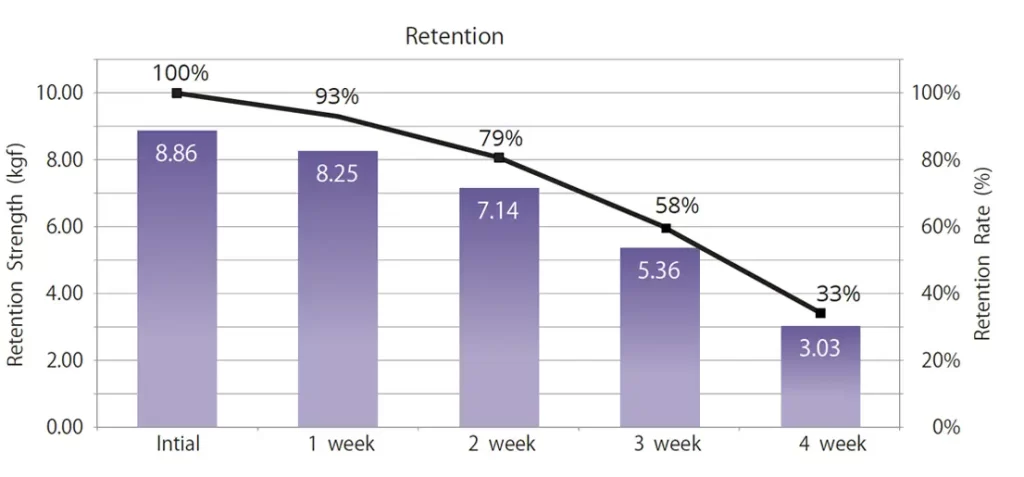

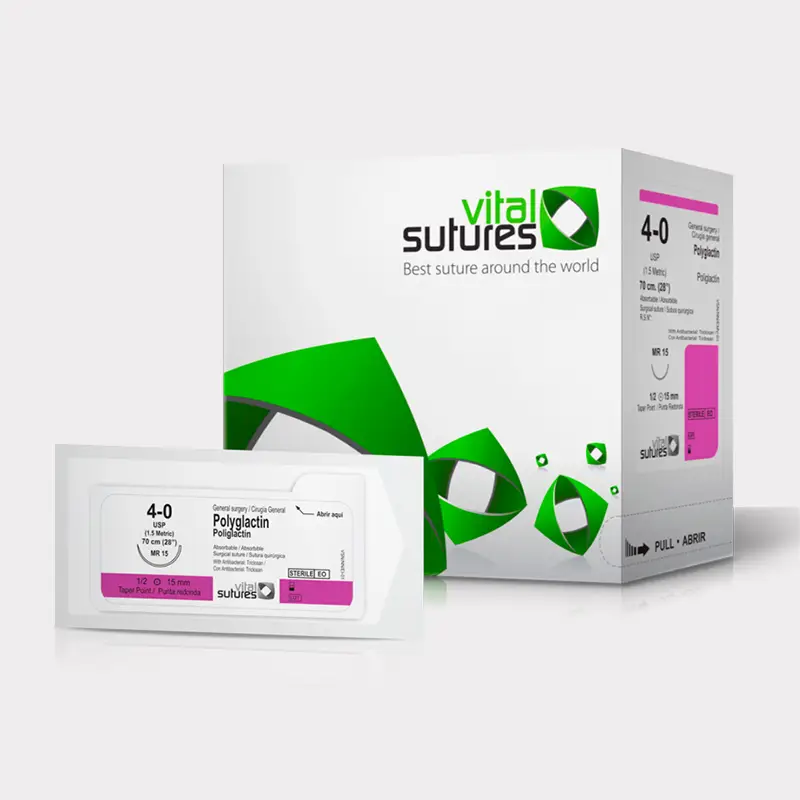
 Request information
Request information Download PDF
Download PDF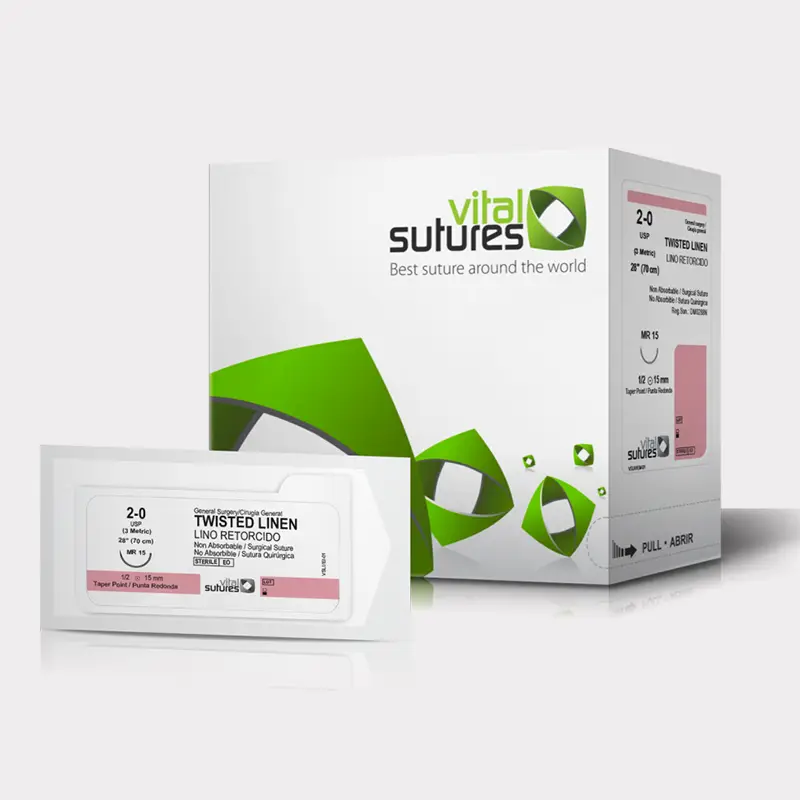
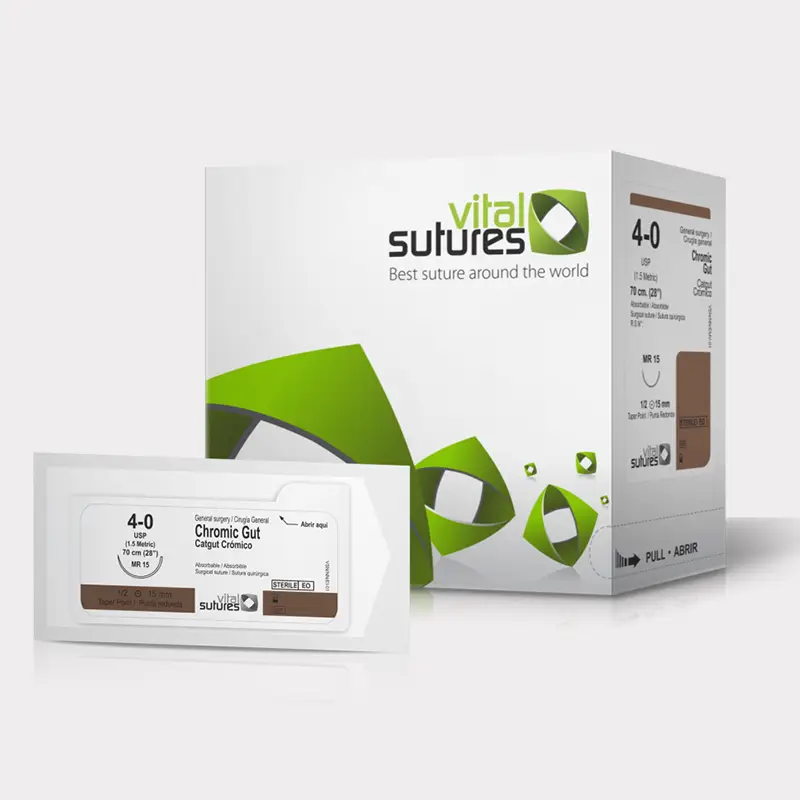
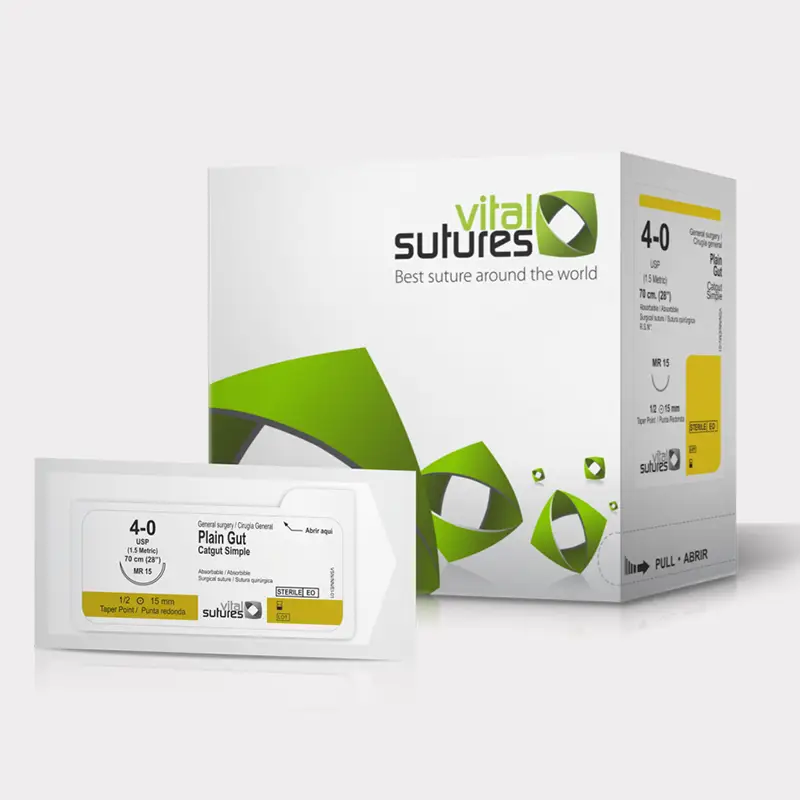
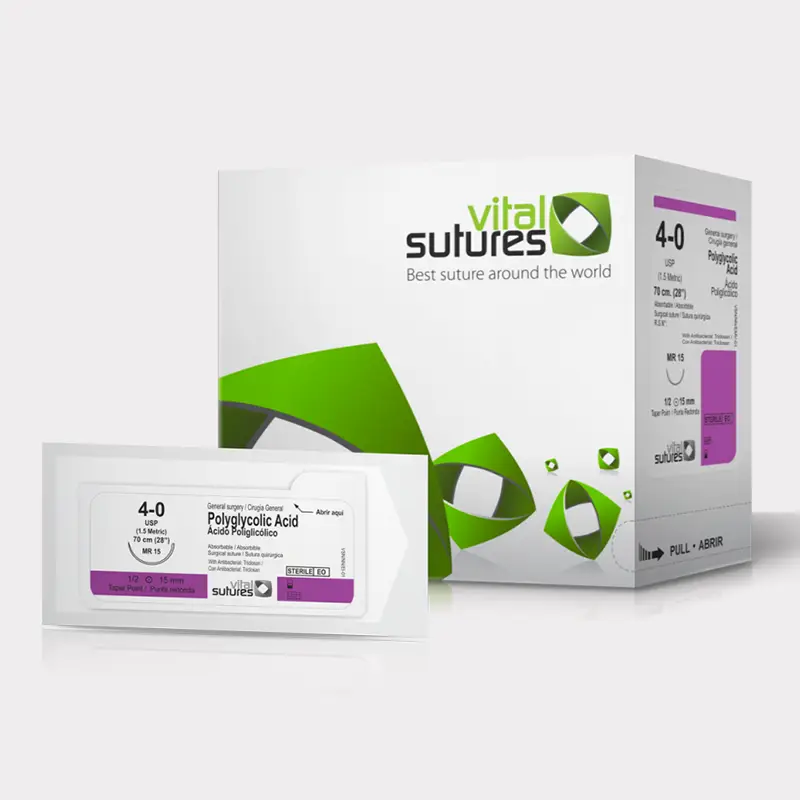
Reviews
There are no reviews yet.